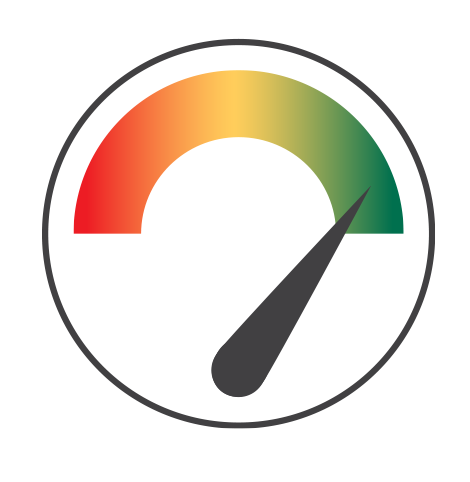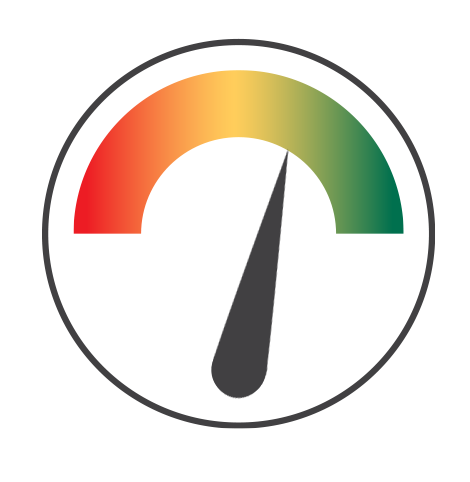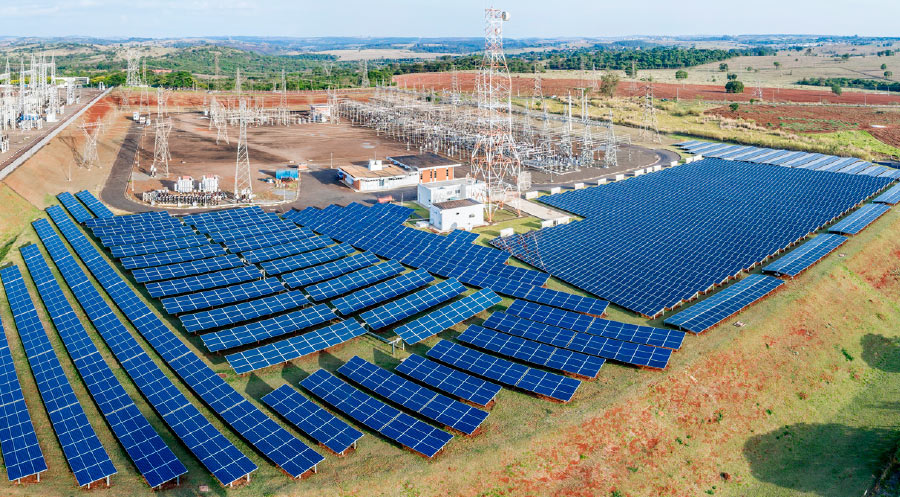Sustainable Energy
Aiming for the smallest possible environmental footprint





• 382,000 poles have been reused.
• 13,783,000 tons of copper, aluminum and iron were sent for reverse logistics.
Renewable energy sources
Since 2010, it has been a policy at our company to only invest in renewable generation sources, directed by the action of CPFL Renováveis. The company has pipeline of greenfield projects and acquisitions (M&As) totaling 3,350 MW.
In 2021, CPFL Renováveis finalized works of Gameleira Wind Complex, with 81,65 MW of installed capacity. The company also continued building the Cherobim small hydro power plant (SHPP), in Rio Iguaçu (Paraná). Completion of works is planned for the first quarter of 2024 and the new generator asset will have an installed capacity of 28 MW.

Climate change: adaptation and mitigation
To confront climate change, we assess and implement different actions to adapt business and mitigate impacts related to our activities, particularly greenhouse gas emissions.
In 2021, we discussed the progress made in our management model and the practices we have adopted in the "Our Journey against Climate Change" publication. This is one of the public commitments that we undertook in the Sustainability Plan, providing even more transparency to our position.
Among other aspects, this document details the risks and opportunities related to climate change that we have identified in our business, along with procedures for quantifying greenhouse gas emissions and the ways in which we engage with our value chain.
To learn more, access the "Our Journey against Climate Change" publication

GHG emissions
We monitor our activities' greenhouse gas emissions (GHG) through the Annual Inventory, produced according to the premises of Brazil's GHG Protocol Program. This document covers the three scopes of emissions and contains information verified by a third-party company and was given a Gold Seal for its adoption of best practices..
The inventory enables identification of opportunities to reduce emissions through initiatives to enhance our operations. These actions include the use of biofuels or electric vehicles in fleets, for example, along with plans to reduce suppression of plants when building transmission and distribution lines.
In 2021, with the water scarcity regime in the country, there was a need for greater dispatch of thermoelectric power plants by fossil fuel, contributing significantly to the increase in emissions.
97%
increase in scope 1 emissions
17.32%
reduction in emissions intensity*
104%
increase in scope 2 emissions
*tCO2e of Scope 1 + Scope 2 / R$ million